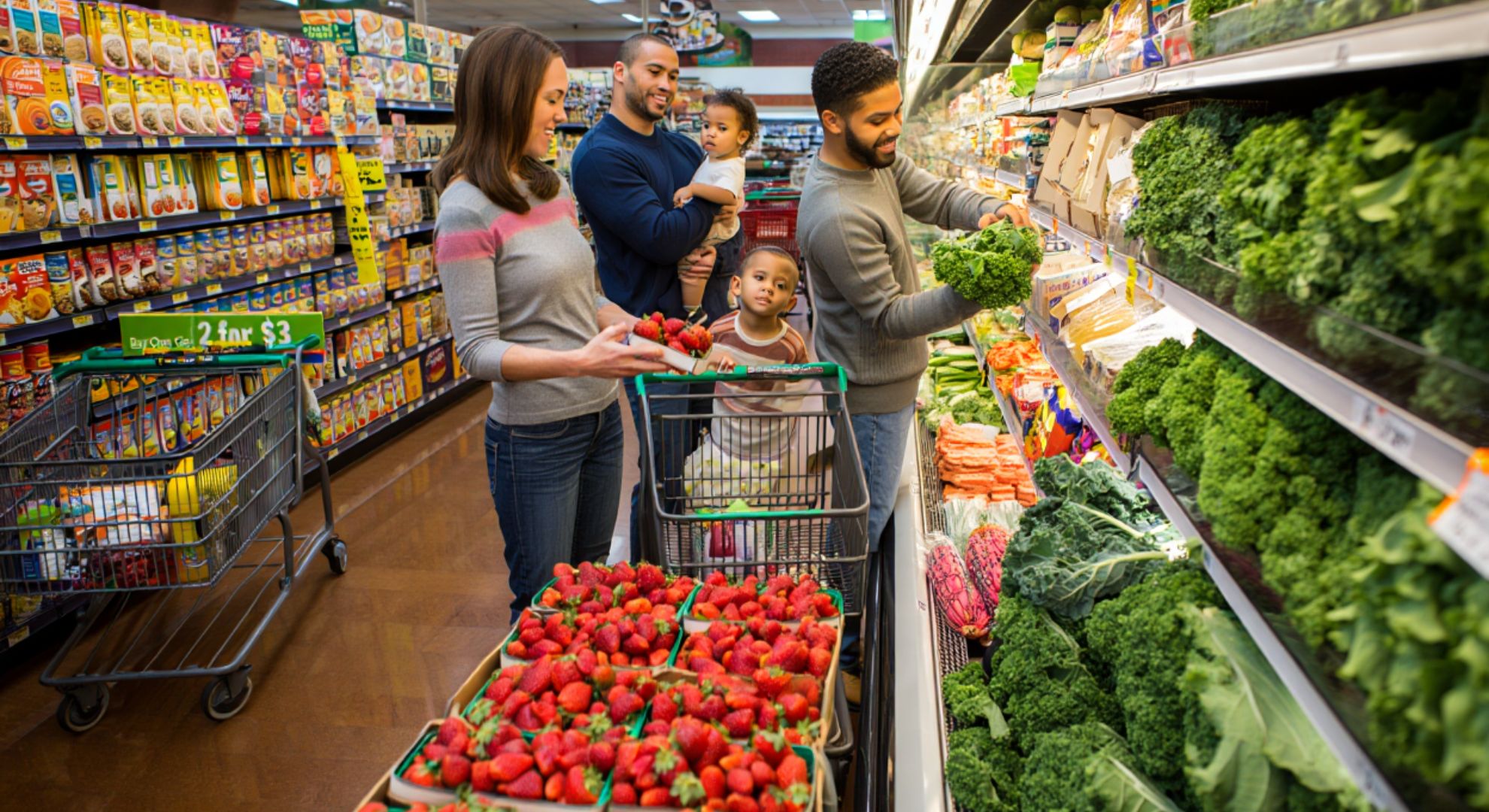Grocery trips in Hamilton have taken on a new weight. Over three years, the cost of fresh produce has climbed sharply, leaving shoppers doing the maths at the shelf. Families stretch dollars, small retailers juggle higher inputs, and public health advocates worry about the ripple effects on diets and wellbeing. The city’s fruit-and-veg story is suddenly a wallet story too.
What’s driving the surge
Several forces are pushing prices upwards. Weather volatility has disrupted harvests, shrinking supply and amplifying volatility. Higher freight and fuel costs add layers to every kilometre produce travels, while cold-chain electricity and labour bills keep inching higher.
Currency swings and global fertilizer prices also matter, especially for growers buying inputs priced offshore. “Every pallet we move has a bigger price tag than it did before,” said a produce wholesaler who supplies Hamilton stores.
Price snapshots you can feel
Across common staples, a three-year rise of roughly a third has become typical. Some lines overshoot that average, others lag, but shoppers sense the pattern.
| Item | 2022 Price (NZD/kg) | 2025 Price (NZD/kg) | Hamilton Change | National Change |
|---|---|---|---|---|
| Apples | 3.40 | 4.70 | +38% | +30% |
| Bananas | 2.80 | 3.60 | +29% | +25% |
| Broccoli | 3.00 | 4.20 | +40% | +33% |
| Tomatoes | 5.00 | 6.90 | +38% | +31% |
| Carrots | 2.20 | 2.90 | +32% | +27% |
| Lettuce (per head) | 2.50 | 3.50 | +40% | +34% |
Figures are indicative, based on a small Hamilton basket and public flyers; actual prices vary by store, season, and promotions.
Households feel the squeeze
At the checkout, the arithmetic feels personal. “I used to fill my trolley with greens for $40; now I’m lucky at $60,” said Talia M., a mother of two waiting outside a Dinsdale supermarket. Another shopper described swapping cherry tomatoes for canned, and berries for bananas when the specials run dry.
Food charities echo the strain. “Demand rises when fresh is pricier, because the weekly budget gets tighter,” said a coordinator at a Hamilton foodbank. Donations help, but fresh produce remains the hardest to supply consistently and affordably.
On the shop floor
Retailers say margin isn’t the easy villain. “We’re not gouging; our costs have spiked on freight, cartons, and energy,” noted Raj, who runs a small produce shop near Victoria Street. To cushion shoppers, he leans on early-morning market buys and midweek specials. Loss-leading carrots and potatoes bring foot traffic, but those tactics are harder when input bills climb together.
Growers face their own pinch. Diesel, refrigeration, packaging, compliance, and seasonal labour all add up. A grower outside Hamilton explained that a wetter spring can erase yield gains, pushing unit costs higher just as buyers hesitate to raise shelf prices.
The health stakes
When fresh gets expensive, diets often shift. “Cost pressure on produce nudges households toward ultra-processed options,” said a Waikato-based dietitian. The result can be fewer micronutrients, higher salt and sugar, and a slow drift away from balanced plates that keep long-term risks down.
Schools and community kitchens attempt to bridge the gap with garden projects and subsidised boxes, but consistency relies on funding cycles, not the steady habits that make healthy eating stick.
What might actually help
Solving this requires a bundle of moves rather than a single silver bullet. Local councils can streamline market permits for pop-up producers, easing access and competition. Logistics upgrades—better rail links, off-peak freight windows, smarter cold-chain—can trim waste and cost. Targeted GST relief or vouchers for fruit and veg would land benefits where needed most.
For households, small tactics compound into meaningful savings:
- Buy what’s in season, plan two meals per item (e.g., roast veg then soup), pivot to frozen when fresh spikes, share a bulk box with neighbours, and store produce correctly to cut waste.
Signals to watch next
Keep an eye on diesel prices, international fertilizer indices, and domestic weather outlooks; they tend to lead produce price moves by a few months. If freight stabilises and spring harvests run smooth, relief could trickle in before summer peaks.
Shoppers, meanwhile, will keep scanning the end caps and the early-week specials. A city that prides itself on fresh, green abundance is learning to be more resourceful, turning value-hunting into a weekly ritual—and hoping the curve finally bends back toward affordability.
